Table of Contents
- What is Nano Tape?
- History of Nano Tape
- What is nano tape made of
- Raw material of nano tape
- Features of the product
- What is nano tape used for
- How to Use Nano Tape
- Nano tape FAQ
What is Nano Tape?
Nano tape is a high-tech tape composed of cellulose nano and polymer film. Through nano-level design and manufacturing, its adhesive strength is very high, and it can firmly paste various materials without leaving glue stains. It can also be washed and reused without compromising its adhesiveness, finding extensive application in home furnishing, automobile, electronics, aviation, pharmaceutical, construction, and numerous other industries.
History of Nano Tape
Inspired by a gecko’s palm, scientists developed “nano-tape.” A collaboration between the Manchester Center for Mesoscopic Science and Nanotechnology and the Russian Institute of Microelectronics Technology produces them. Work began in 2001, and the results were published two years later in the journal Nature Materials. This “gecko tape” was tested by attaching a sample to the hand of a 15cm tall and 40g plastic Spider-Man figure, allowing it to stick to a glass ceiling, as shown here. The tape has a glass contact area of approximately 0.5 cm2 (50 mm2) and can carry loads over 100 g (3.5 oz). However, the adhesion coefficient is only 0.06, which is low compared with real geckos (8~16). For more details, please refer to Wikipedia (https://en.wikipedia.org/wiki/Nano_tape)
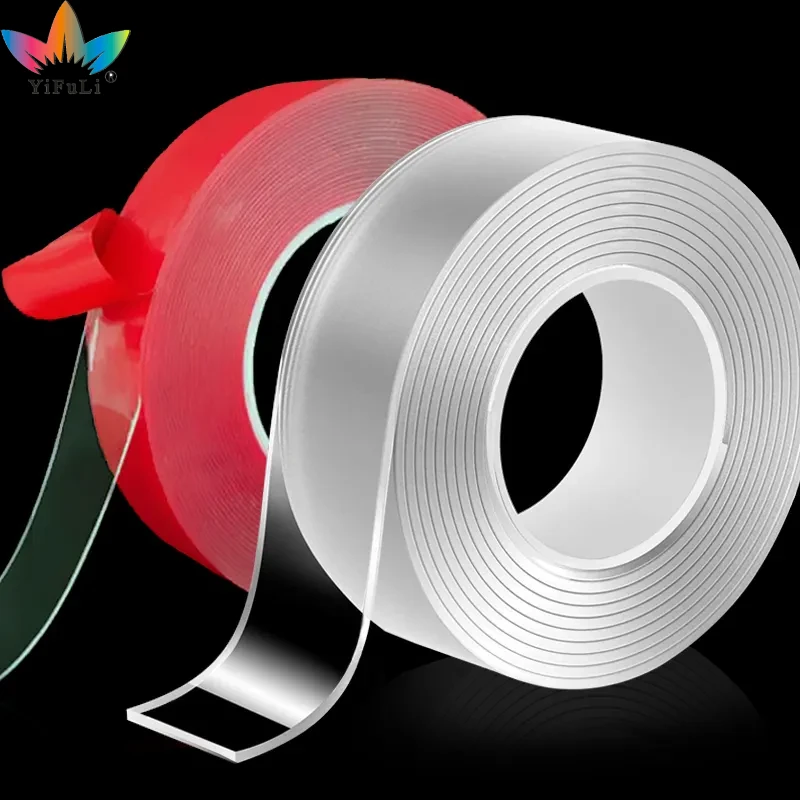
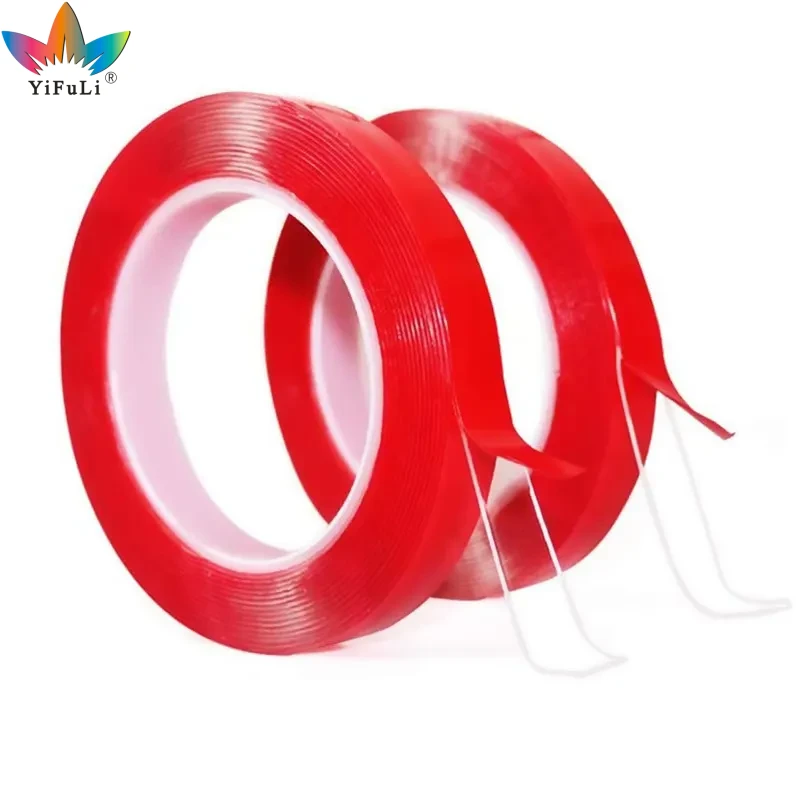
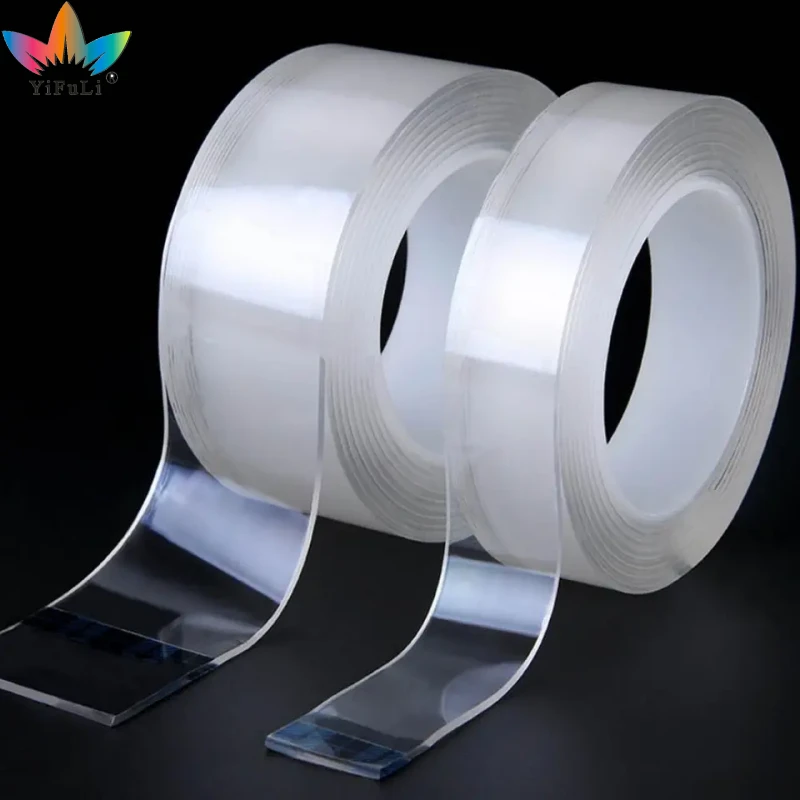
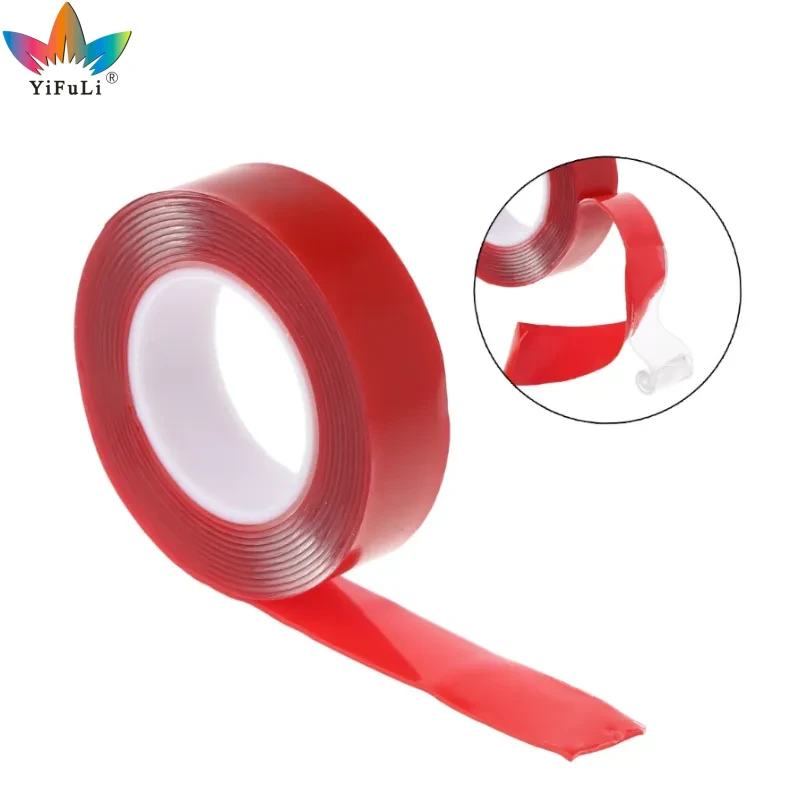
What is nano tape made of?
The base material consists of PET release film with a transparent color. The thickness typically ranges from 0.5 to 2mm, while the width is available in 2 or 3cm options. The length options include 2, 3, 5, and 10 meters, with the flexibility for size customization.
The raw material of nano tape
The raw materials of nano tape usually include the following:
- Adhesives: The main component of nano-tape is adhesives; common adhesive raw materials are methyl acrylate, acetyl acrylate, acrylic acid, etc.
- Substrate: Common substrates include polyester film, polyamide film, polyethylene film, etc. The choice of substrate will directly affect the performance of nano-adhesive tape.
- Nano-filler: Adding a certain proportion of nano-filler, such as nano-silica or nano-silicon oxide, can increase the bonding and anti-aging performance of the nano-tape.
- Additives: Some auxiliary agents are added during manufacture, such as plasticizers, stabilizers, antioxidants, etc., to improve the softness, weather resistance, and stability of the nano-tape
Product Features
- Good adhesion • Waterproof and moistureproof
- Good light transmission • Tear off without trace
- Non-toxic and tasteless • Good tensile strength



What is nano tape used for?
Business use
On the market, manufacturers typically offer nano tape as double-sided tape. This type of tape effectively secures lightweight objects to smooth surfaces such as walls, metal, glass, and wood. It is a versatile alternative to rivets and glue, eliminating the need to puncture wall holes. It is the first choice for no punching product.
Home renovation
Nano-tape finds applications in wall decoration, fixing kitchen items, and arranging the living room layout in home decoration, among other uses. It serves as a replacement for traditional fixing materials such as glue, nails, and screws, all while avoiding any wall damage. Furthermore, it facilitates easy disassembly and permits multiple reuses.
Office use
Nano-tape can fix office documents, photos, and decorations and replace traditional glue, magnets, and other selected materials. It will not cause damage to documents and pictures and can be easily disassembled and reused.
Car repair
Nano-tape can be used in parts fixing and wiring layout in car maintenance and can replace traditional glue nails and other fixing materials without causing damage to the car, it can also be easily disassembled and reused.
Electronic product
Nano-tape can be employed to assemble and maintain electronic devices like smartphones, tablets, and televisions. It finds utility in securing electronic components and circuits without harming the electronic products. Furthermore, it offers effortless disassembly and the potential for reuse.
Medical insurance
In medical care, nano-tape finds applicability in bonding wounds and securing medical devices. It can replace traditional glue bandages and other fixing materials. It will not cause irritation and damage to the skin but can be easily disassembled and reused.
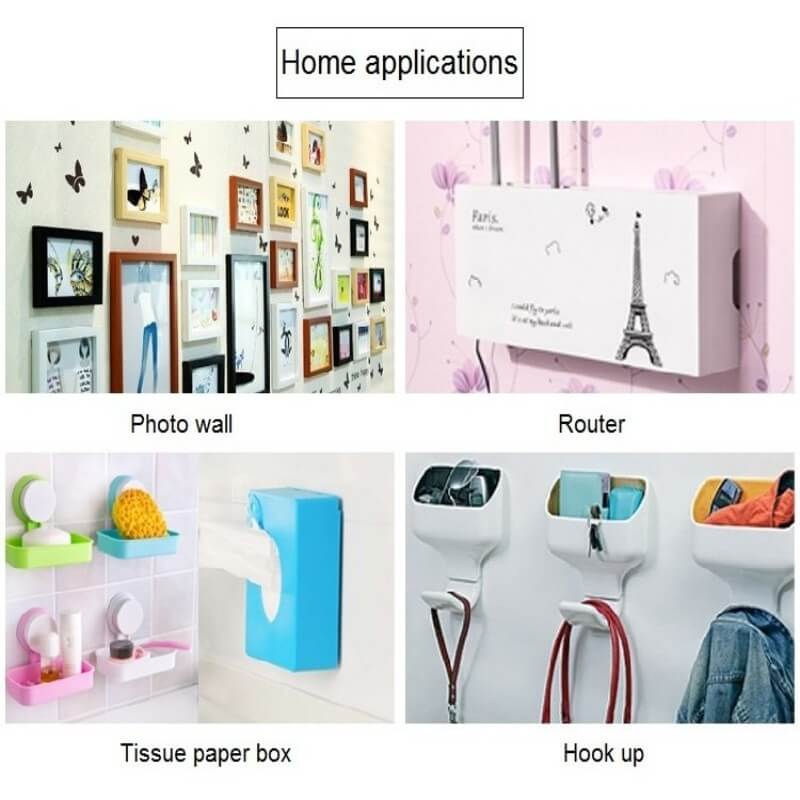


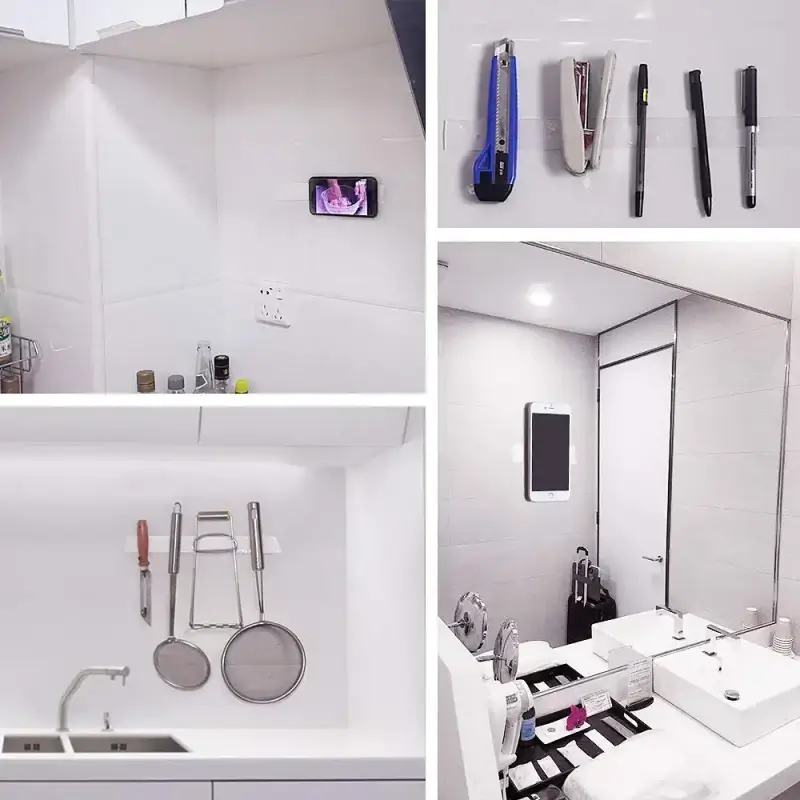
How to use nano tape? (Precautions)
- Clean the posted surface to prevent oil, water, and dust from affecting its adhesion.
- Stretch tape, cut to desired length
- Then peel off the white release paper, fix it to the cleaned surface, and stick it from top to bottom.
- Press back and forth to expel all the air on the fixed surface for better results.
- Tear off the transparent film and adhere the items intended for placement onto the removable surface.
- If you want to relocate, remove the tape, wash it, and dry it before using it again.
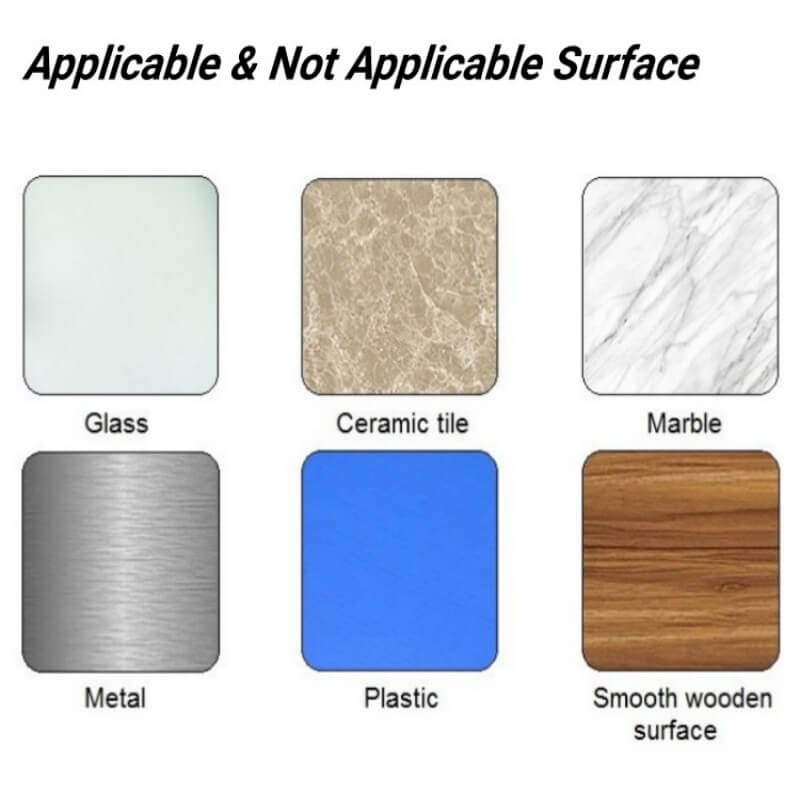
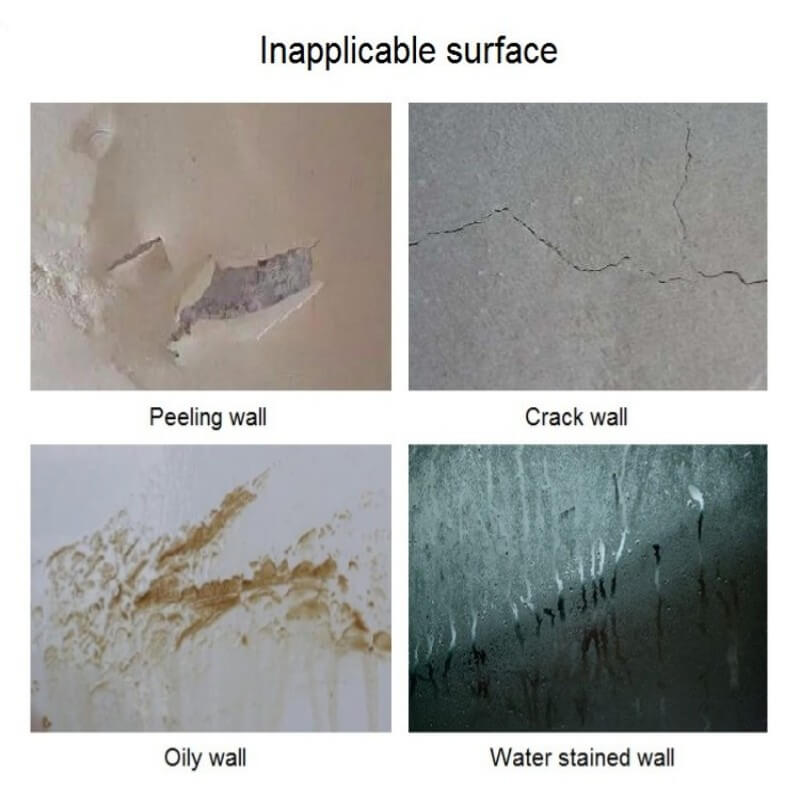
Nano tape FAQ
- What is nano tape used for?
Best nano double sided tape used: Fix light objects on surfaces such as walls, wood, glass, plastic, etc., without drilling holes.
- What is the difference between nano tape and regular tape?
Nano tape is not sticky; ordinary tape is stickier. Ordinary tapes have weak tensile properties, while nano tapes have tensile solid properties.
- Does nano tape really work?
Of course, after repeated testing and improvement, it does not damage the surface to which it is attached and has super high viscosity.
- Why is nano tape special?
Because it can be washed and reused, this is a function that many tapes do not have.
- Is nano tape silicone tape?
Yes, tapes consist of silicone material.
- What is nano tape called
Silicone Nano Tape or Nano Tape
